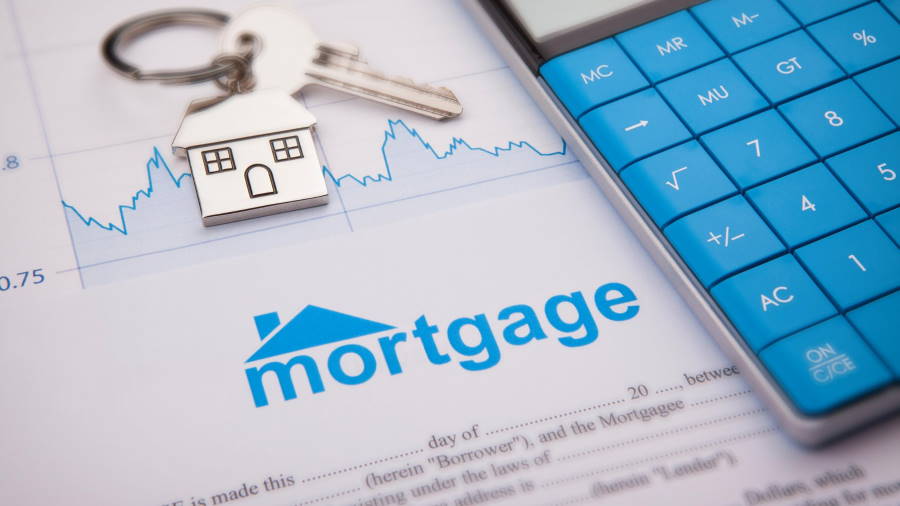The Short Answer
When it comes to a refinance vs second mortgage, both provide borrowers with access to home equity. However, they do this in different ways. Here are the key differences:
- A refinance replaces a borrower’s existing loan, while a second mortgage is a new loan that is separate from the existing mortgage.
- Refinancing allows borrowers to retain one monthly mortgage payment, while a second mortgage will be an extra monthly mortgage payment.
- A refinance offers borrowers the chance to change their loan terms and interest rates which will impact the monthly payment, while a second mortgage will be less flexible in this regard and the original loan will remain in tact. In other words, borrowers can get lower interest rates on a refinance, but a second mortgage will typically have higher interest rates than the existing loan.
Jump To
Refinance vs Second Mortgage - Key Differences
A refinance is not entirely the same as getting a second mortgage on a property. While they both tap into the equity of a property, they also have distinct characteristics and purposes. Here are the key differences between a refinance and a second mortgage:
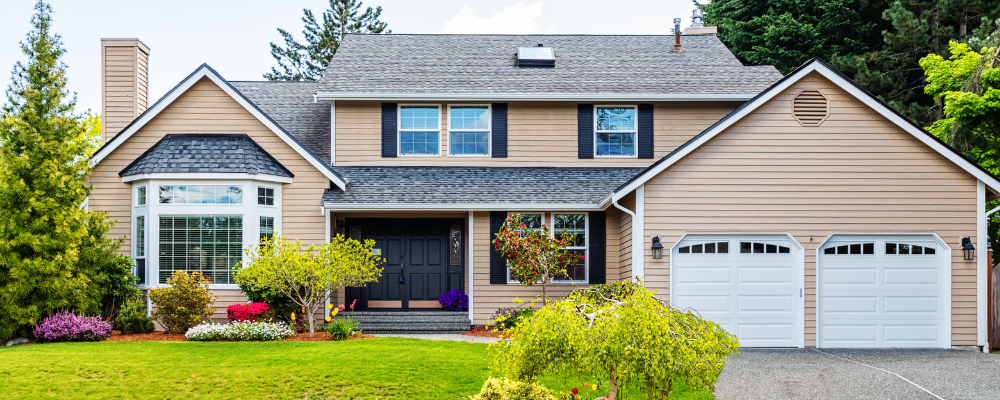
Purpose
Refinancing involves replacing a primary mortgage with a new loan, in order to tap into your home equity. This typically results in more favorable loan terms and allows borrowers to switch loan types if they need to. A refinance is usually done to gain access to property equity to use for other purposes.
A second mortgage, on the other hand, can come in the form of a home equity loan, a home equity line of credit (HELOC), and this is taken out in addition to the existing mortgage. The key difference here is that a second mortgage does not replace the existing mortgage, even though it is also used to access home equity.
Loan Structure
A refinance essentially replaces the existing mortgage and covers the remaining balance of it, as well as the additional funds, which are considered part of the new loan. In a cash out refinance, the additional funds are paid out in cash.
Due to the fact that a second mortgage is a separate loan from the existing mortgage, a lien is placed on the home once the cash or loan is provided. This means that the mortgage lender can seize the property, should the borrower fail to meet their payment obligations or certain other criteria.
Interest rates
On a refinanced mortgage, the interest rate is typically lower when the loan term extends, and this means lower monthly payments. Interest rates for these loans are usually based on the current market rates and the borrower’s creditworthiness. If market rates are lower, the rates on the loan will be lower.
A second mortgage, however, will generally have a higher interest rate than the existing one. The interest rate will be influenced by the borrower’s credit score, the loan-to-value ratio, and prevailing market conditions. Interest rates on a home equity loan are usually fixed, while HELOC rates are variable, depending on the stage of the loan.
Repayments
Refinancing a mortgage means there are new loan terms, which can be 15, 20 or 30 years. The repayment terms will start fresh when the loan term begins. The total loan amount will be higher, but the repayments are often less, as the loan term will be longer.
When it comes to second mortgages, the additional loan is repaid separately from the exiting mortgage and this will have its own repayment terms. There will either be a fixed number of years to repay the loan, or a revolving line of credit.
Loan Amounts
The loan amount on a refinance includes the balance of the existing mortgage, along with the additional funds required by the borrower. The total loan amount is impacted by the value of the property, and the borrower’s credit history.
Whereas a second mortgage loan amount is based on the home’s appraised value. Lenders will allow borrowers to access part of the home’s value, after subtracting the balance of the existing mortgage.
What Is Refinancing?

Refinancing refers to the process of replacing a primary mortgage with a new one, which usually results in more favorable loan terms. When a loan is refinanced, a new one is taken out to repay the old one, as well as create additional funds. The new loan will have a different principal loan amount and interest rate. Often, the loan terms and/or rates will be better for the borrower.
Two of the most common refinancing loans are rate and term refinance and cash out refinance.
Rate and Term Refinance
A rate and term refinance allows a borrower to change the loan terms and interest rates, while the principal amount remains the same. Borrowers can lower their monthly mortgage payment by extending the loan term, or they can decrease their interest rate by shortening the loan term. This is also a strategy that can be used when market rates are lower at the time, than when the original loan was taken out.
Cash out Refinance
With a cash out refinance, a borrower can access their home’s equity by taking out a larger loan and getting paid a cash lump sum of the difference between the loans. An example of a cash out refinance would be, if a borrower needs $30,000, and their principal loan amount is $150,000, they would take a cash out refinance for $180,000, and $30,000 would be paid out to them as a lump sum.
Homeowners often use a cash out refinance to do home improvements, consolidate high-interest debt or invest in other ventures. Which makes a cash out refinance a good option for many.
How To Refinance Your Property
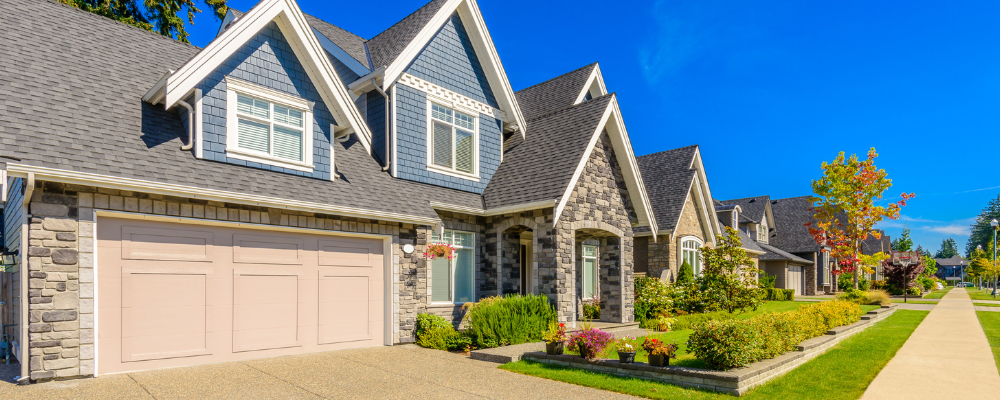
The process of refinancing a property is similar to taking out a primary mortgage.
Step 1: Research and compare lenders to find the best option that works for your unique financial situation. Lenders have different rates and loan terms, so it’s worth doing your homework to find the right one.
Step 2: Prepare the necessary documents for the mortgage lender. These often include income verification (pay stubs, tax returns), asset statements, recent mortgage statements, proof of homeowners insurance, and identification documents. One you have done this, work out the equity in your home and determine how much you can borrow.
Step 3: Make sure to get a home appraisal done and then apply for a refinance with the mortgage lender that you have chosen. Once you’ve submitted your documents, they will review these and approve or reject the loan.
Step 4: The mortgage lender will supply the loan rates and terms if the loan is approved, which you should carefully review. If you’re approved for the refinance and you accept the loan rates and terms, then the lender will underwrite the loan.
Step 5: Then it’s time to close on the loan, which involves signing the paperwork, paying closing costs and finalizing the refinance. Bear in mind that you may not see the money for a few days still, once you’ve closed.
Pros And Cons of Refinancing
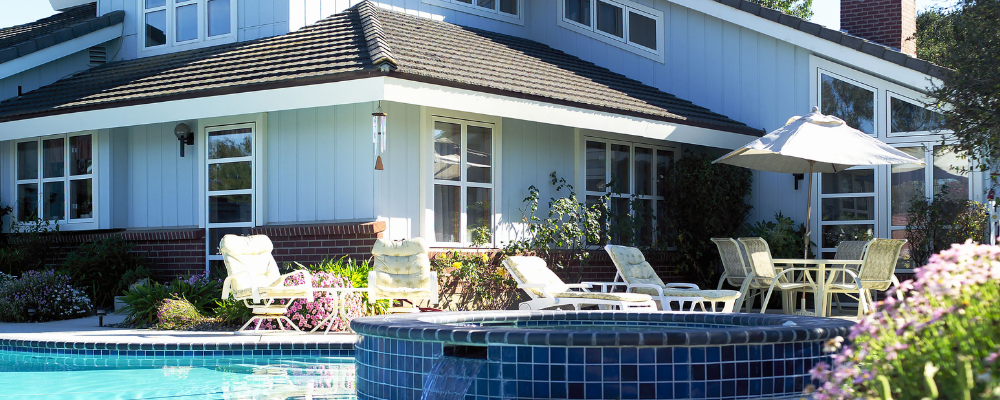
Pros
- Lower interest rates: Refinancing can assist borrowers with lowering their interest rates by shortening their loan term. This results in paying less interest over the term of the loan.
- One monthly payment: One of the biggest benefits of refinancing a home is that this allows borrowers to replace their existing loan with their new loan. Which means that instead of having two mortgage payments to get access to more funds, they will continue to have one mortgage payment.
- Accessing equity: A refinance allows homeowners to access the equity that they have in a property. This can be paid to them as cash, which they can use for renovating the property, investment opportunities, or anything else they may need.
Cons
- Significant closing costs: A refinance requires the borrower to cover all of their closing costs, which can be quite significant. Closing costs on a refinance are usually anywhere between 2% and 6% of the total loan value.
- Interest rate changes: If a borrower has a particularly good interest rate, they can lose out on this, because they will need to take a new interest rate on the refinance. This can work out to a loss for the borrower if the market was favorable at the time when they took out the initial loan.
What Is A Second Mortgage?
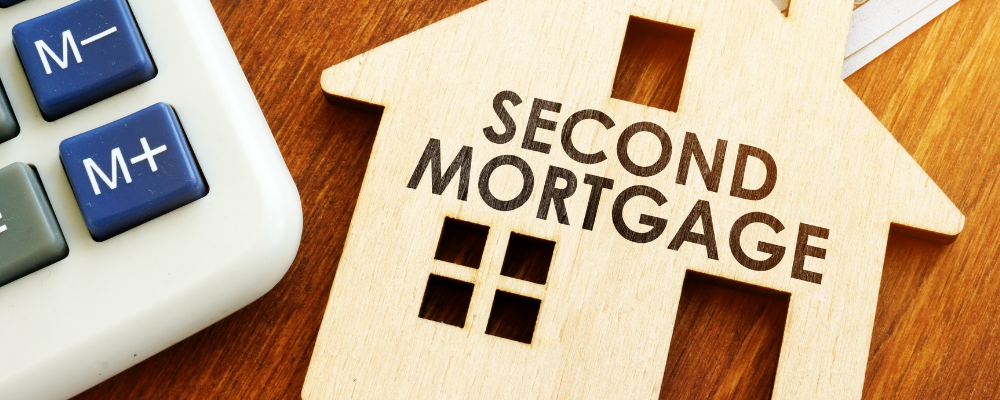
A second mortgage is a type of loan that allows someone to borrow against the equity they have in a property. It’s called a second mortgage, because this is an additional loan that is taken out alongside the existing mortgage. Lenders typically allow borrowers to borrow a portion of their home’s appraised value, minus the outstanding balance on the primary mortgage.
There are 2 types of second mortgages, home equity loans and HELOC’s.
Home equity loan: A home equity loan allows you to use the equity in your home to gain access to a lump sum. The home equity loan is then repaid in monthly payments over a certain period.
HELOC: Unlike home equity loans, a Home Equity Line of Credit also allows you to borrow against the equity in your home, however this is paid out as a revolving line of credit instead. This line of credit is accessible during the draw period, which is the first 5 to 10 years of the loan, during which only interest payments are required. From then onwards, the principal amount will need to be repaid.
How To Apply For A Second Mortgage
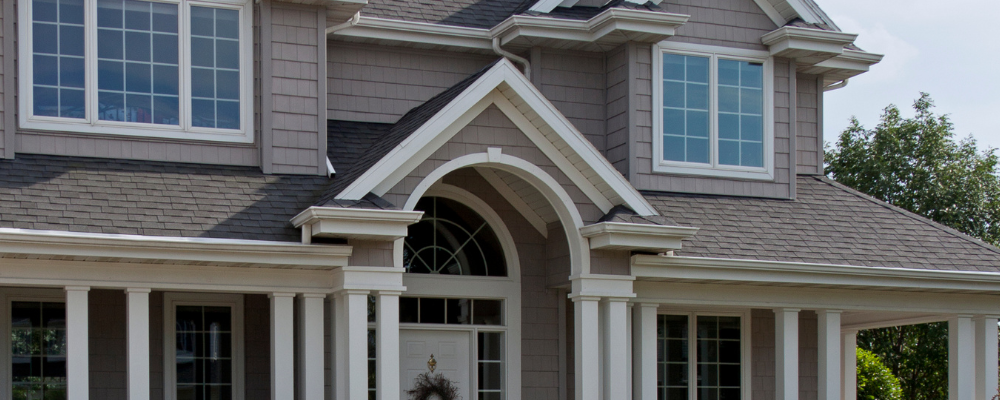
To be approved for a second mortgage you will most likely need a credit score of 620 or higher, with a Debt-To-Income (DTI) ratio of lower than 43%. A second mortgage is an entirely new loan with a different set of rates and terms, and your original mortgage loan will still need to be paid off.
You will also need 15-20% equity in your home to qualify for a second mortgage, and the remaining mortgage loan should be less than 85% of the home’s value. Typically, you can borrow up to 85% of your home’s value, after your existing mortgage debts have been accounted for.
Step 1: You’ll need to fill out the application provided by the lender you have chosen. This will require providing accurate and detailed information about your financial situation, the purpose of the loan, and the desired loan terms.
Step 2: The documents you will need to submit will include:
- Proof of income: Recent pay stubs, W-2 forms, or tax returns.
- Employment verification: Contact information for your employer.
- Proof of assets: Bank statements, investment account statements, or retirement account statements.
- Property information: Documentation related to your property, such as property appraisal or tax assessment.
- Existing mortgage information: Details about your primary mortgage, including the current balance and terms.
- Identification documents: Government-issued identification, such as a driver’s license or passport.
Step 3: The lender will review the documentation and do the necessary credit checks, property appraisal and income verification.
Step 4: Once the application is approved, the loan documents will be sent to the borrower which will outline the loan terms and rates.
Step 5: Once the documents have been signed, the lender will arrange for the loan closing where you can pay the closing costs and other fees, and sign the final loan documents.
Pros And Cons Of A Second Mortgage

Pros
- Flexibility: A home equity loan and a HELOC allow borrowers to choose how they would like to receive funds. For those who need a lump sum, a home equity loan is the solution, and those who need a line of credit can go with a HELOC.
- Lower interest rates: Second mortgages offer lower interest rates than many other loan types, such as personal loans or credit cards. This leads to lower overall costs and monthly payments.
- Potential tax benefits: In some cases, the interest on second mortgage payments are tax-deductible. Particularly if the funds are being used for upgrades to the property.
Cons
- Additional debt: A second mortgage adds another mortgage payment each month, which is an extra obligation on top of the existing mortgage loan payments. This applies to both home equity loans and HELOCs.
- Higher interest rates than primary mortgage: While second mortgage rates are lower than other types of loans, they are usually higher than primary mortgage loan rates.
- Fees and closing costs: Due to the fact that a second mortgage is a separate loan, it comes with closing costs and various fees. These include application fees, appraisal fees, and potential prepayment penalties.
- Risk of foreclosure: Defaulting on a second mortgage means that you risk foreclosure on your primary property. The second mortgage lender holds a secondary lien on the property, so your primary residence may be at risk if you fail to make your second mortgage payment.
Which Option Is Right For You, Refinance Or Second Mortgage?
The choice between a refinance vs second mortgage is based on each person’s specific financial situation and goals. Let’s take a look at some of the best cases for each.
Refinancing Is Best For:
- Changing the loan rates and terms. This is geared towards borrowers who are looking to change their loan rates or terms, to bring their interest down or shorten their loan, for example.
- Debt consolidation. Refinancing allows borrowers access to more capital, without expanding their list of debts and sticking to one monthly payment.
- Those with high home equity, who need quick access to a large sum of money.
- Lower interest rates when borrowing more money.
A Second Mortgage Is Best For:
- Keeping the current loan terms the same. This is useful for those who have a good deal on interest or other parts of the loan terms on their primary mortgage.
- Tapping into the home equity that has been created, without altering the primary mortgage.
- Getting access to a lump sum or a line of credit which is taken against the home equity.
